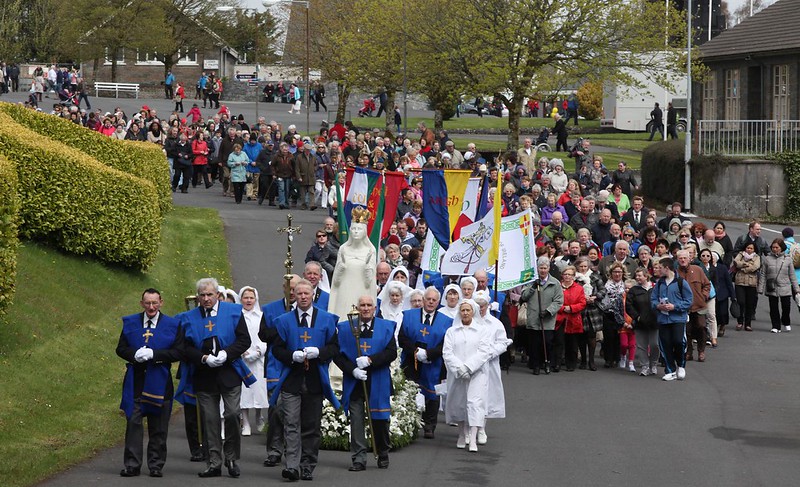An Irish historian has claimed that the Catholic Church was a “net winner” from the Great Famine, An Gorta Mór, because “the people who died out of the famine were disproportionately people who didn’t go to Mass” leaving a larger proportion of Mass-goers in the remaining population.
Conceding that it was a “vaguely perverse” thesis, Prof Breandán Mac Suibhne of the National University of Ireland, Galway, told the West Cork History Festival that the rural poor who were the famine’s principal victims were not concerned with “clerically-directed devotion”, The Irish Times reported. Instead, “their religion was one of holy wells, and seasonal festivals, and prayers and priests were important for only a couple of things – baptism, marriage, death”.
He said that Sunday Mass attendance in Ireland – which stood at 90 per cent from the 1870s to the 1970s – had been just 30 per cent in the 1830s, despite being a canonical requirement. Urban, middle-class Catholics were much more likely to observe the obligation.
When blight struck the potato crop in 1845, its worst effects were in rural counties such as Mayo, Sligo and Roscommon with large populations of subsistence farmers. It was these that saw the worst mortality rates in the period 1846-51, when up to 1.5 million are estimated to have died, largely from disease caused by physical weakness and dislocation.
There was also large-scale emigration from these counties. Ireland’s population fell from approximately 8.5 million to 6.5 million over the five years of famine.
Prof Mac Suibhne told the audience in Skibbereen (a town synonymous with the famine by contemporary reportage) that the loss of population coincided with an expansion of the Church in Ireland, leaving a greater proportion of priests to people.
Other historians have also suggested that the famine effectively eliminated a rural working class and left Ireland dominated by medium-scale farmers. Prof Mac Suibhne instead emphasised its degrading social effects: “The brute reality of famine is that it ‘reduces’ people, pushes them below the waterline of what [had] been understood to be civilised behaviour”.



 Loading ...
Loading ...